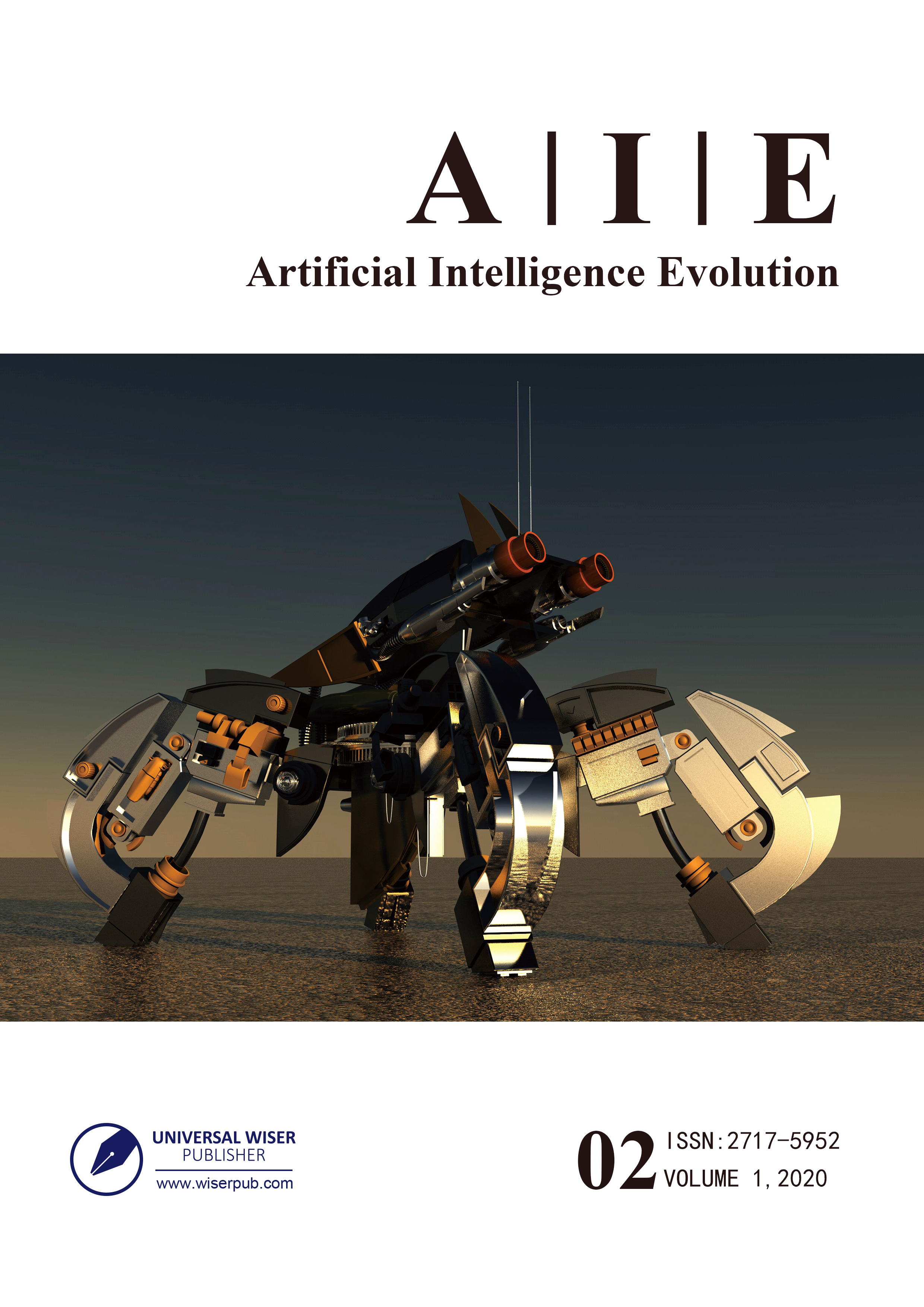Effect of Solar Tilt Angles on Photovoltaic Module Performance: A Behavioral Optimization Approach
DOI:
https://doi.org/10.37256/aie.122020505Keywords:
solar power, tilt angle, optimization, artificial bee colonyAbstract
In the present study, performance analyses of a solar module are made through the optimal variation of solar tilt angle, pertaining to the maximum generation of solar energy. The work has been carried out for a particular location at Tripura, in India, considering three different cases on an annual basis. An intelligent behavioural based algorithm, known as artificial bee algorithm (ABC), has been implemented for finding the optimal orientation of solar angle in analysing the performance. The result shows marginal differences are obtained in producing yearly maximum solar energy for different orientations of the PV module. It has been observed that the maximum average solar energy is obtained for the case where continuous adjustment is made by rotating the plane about the horizontal east-west axis within 20° to 30° tilt angle. The computed maximum and minimum of the monthly average efficiency is 10.9% and 8.7%, respectively. Further, a comparative study has been performed in generating average solar energy through optimal tilt angle by the implementation of Perturb & Observe method (P&O). The monthly average solar power computed by P&O method resulted better in a range of 2% to 15% in comparison to that obtained by ABC. While on the other hand, the efficiency computed by ABC algorithm was 15% to 19% better than that evaluated by P&O method for all the cases studied in the present work.


